- Have any questions?
- +86-189 8930 5995
- sales@mosinterchem.com.cn
Titanium Dioxide TiO2 CAS 13463-67-7

Barium Hydroxide Octahydrate CAS 12230-71-6
19/12/2018
Calcium Nitrite CAS 13780-06-8
19/12/2018| Model: | MOS 13463-67-7 |
| Place of Origin: | Zhejiang,China (Mainland) |
| CAS: | 13463-67-7 |
| Matter volatile at 105ºC | ≤0.5% |
| Brightness | ≥98.0% |
| Active TiO2 content | 98% |
Titanium Dioxide (TiO2) (CAS: 13463-67-7)
| Item | Index |
| Active TiO2 content, % | ≥98 |
| Color
(compared with standard sample) ∆L*(sample-standard sample) ∆s=(∆a2+∆b2)0.5 |
Not lower than
≥-0.3 ≤0.5 |
| Matter volatile at 105ºC, % | ≤0.5 |
| Matter soluble in water, % | ≤0.4 |
| Residue on sieve 45µm, % | ≤0.05 |
| PH of aqueous suspension | 6.0-8.0 |
| Brightness, % | ≥98.0 |
| Oil absorption, g/100g | ≤23 |
| Tinting strength, %
(compared with standard sample) |
≥110 |
Titanium dioxide, also known as titanium(IV) oxide or titania, is the naturally occurringoxide of titanium,
chemical formula TiO2. When used as a pigment, it is called titanium white, Pigment White 6 (PW6), or
CI 77891. Generally it is sourced from ilmenite, rutileand anatase. It has a wide range of applications,
from paint to sunscreen to food colouring. When used as a food colouring, it has E number E171.
Applications
The most important application areas are paints and varnishes as well as paper and plastics, which account
for about 80% of the world’s titanium dioxide consumption. Other pigment applications such as printing inks,
fibers, rubber, cosmetic products and foodstuffs account for another 8%. The rest is used in other applications,
for instance the production of technical pure titanium, glass and glass ceramics, electrical ceramics, catalysts,
electric conductors and chemical intermediates. It also is in most red-coloured candy.
Pigment
Titanium dioxide is the most widely used white pigment because of its brightness and very high refractive index,
in which it is surpassed only by a few other materials. Approximately 4.6 million tons of pigmentary TiO2 are used
annually worldwide, and this number is expected to increase as utilization continues to rise. When deposited as a
thin film, its refractive index and colour make it an excellent reflective optical coating for dielectric mirrors and
some gemstones like “mystic fire topaz”. TiO2 is also an effectiveopacifier in powder form, where it is employed
as a pigment to provide whiteness and opacity to products such as paints, coatings,plastics, papers, inks, foods,
medicines (i.e. pills and tablets) as well as most toothpastes. In paint, it is often referred to offhandedly as “the
perfect white”, “the whitest white”, or other similar terms. Opacity is improved by optimal sizing of the titanium
dioxide particles. Some grades of titanium based pigments as used in sparkly paints, plastics, finishes and
pearlescent cosmetics are man-made pigments whose particles have two or more layers of various oxides – often
titanium dioxide, iron oxide or alumina – in order to have glittering, iridescent and or pearlescent effects similar
to crushed mica or guanine-based products. In addition to these effects a limited colour change is possible in certain
formulations depending on how and at which angle the finished product is illuminated and the thickness of the oxide
layer in the pigment particle; one or more colours appear by reflection while the other tones appear due to interference
of the transparent titanium dioxide layers. In some products, the layer of titanium dioxide is grown in conjunction with
iron oxide by calcination of titanium salts (sulfates, chlorates) around 800 °C or other industrial deposition methods
such as chemical vapour deposition on substrates such as mica platelets or even silicon dioxide crystal platelets of no
more than 50 µm in diameter. The iridescent effect in these titanium oxide particles (which are only partly natural) is
unlike the opaque effect obtained with usual ground titanium oxide pigment obtained by mining, in which case only
a certain diameter of the particle is considered and the effect is due only to scattering.
In ceramic glazes titanium dioxide acts as an opacifier and seeds crystal formation.
Titanium dioxide has been shown statistically to increase skimmed milk’s whiteness,
increasing skimmed milk’s sensory acceptance score.
Titanium dioxide is used to mark the white lines of some tennis courts.
The exterior of the Saturn V rocket was painted with titanium dioxide; this later allowed astronomers to
determine that J002E3 was theS-IVB stage from Apollo 12 and not an asteroid.
Sunscreen and UV blocking pigments in the industry
In cosmetic and skin care products, titanium dioxide is used as a pigment, sunscreen and a thickener. It is also
used as a tattoopigment and in styptic pencils. Titanium dioxide is produced in varying particle sizes, oil and
water dispersible, and in certain grades for the cosmetic industry.
Titanium dioxide is found in almost every sunscreen with a physical blocker because of its high refractive index,
its strong UV light absorbing capabilities and its resistance to discolouration under ultraviolet light. This advantage
enhances its stability and ability to protect the skin from ultraviolet light. Nano-scaled titanium dioxide particles are
primarily used in sun screen lotion because they scatter visible light less than titanium dioxide pigments while still
providing UV protection. Sunscreens designed for infants or people with sensitive skin are often based on titanium
dioxide and/or zinc oxide, as these mineral UV blockers are believed to cause less skin irritation than other UV
absorbing chemicals.
This pigment is used extensively in plastics and other applications not only as a white pigment or an opacifier but
also for its UV resistant properties where the powder disperses the light – unlike organic UV absorbers – and
reduces UV damage, due mostly to the extremely high refractive index of the particles.[31] Certain polymers used
in coatings for concrete[32] or those used to impregnate concrete as a reinforcement are sometimes charged with
titanium white pigment for UV shielding in the construction industry, but it only delays the oxidative photodegradation
of the polymer in question, which is said to “chalk” as it flakes off due to lowered impact strength and may crumble
after years of exposure in direct sunlight if UV stabilizers have not been included .
Photocatalyst
TiO2 fibers and spirals.
Titanium dioxide, particularly in the anatase form, is a photocatalyst under ultraviolet (UV) light. It has been reported
that titanium dioxide, when doped with nitrogen ions or doped with metal oxide like tungsten trioxide, is also a
photocatalyst under either visible or UV light.The strong oxidative potential of the positive holes oxidizes water
to create hydroxyl radicals. It can also oxidize oxygen or organic materials directly. Hence, in addition to its use
as a pigment, titanium dioxide can be added to paints, cements, windows, tiles, or other products for its sterilizing,
deodorizing and anti-fouling properties and is used as a hydrolysis catalyst. It is also used in dye-sensitized solar
cells, which are a type of chemical solar cell (also known as a Graetzel cell).
The photocatalytic properties of titanium dioxide were discovered by Akira Fujishima in 1967 and published in 1972.
The process on the surface of the titanium dioxide was called the Honda-Fujishima effect. Titanium dioxide, in thin
film and nanoparticle form has potential for use in energy production: as a photocatalyst, it can carry outhydrolysis; i.e.,
break water into hydrogen and oxygen. With the hydrogen collected, it could be used as a fuel. The efficiency of this
process can be greatly improved by doping the oxide with carbon. Further efficiency and durability has been obtained
by introducing disorder to the lattice structure of the surface layer of titanium dioxide nanocrystals, permitting infrared absorption.
In 1995 Fujishima and his group discovered the superhydrophilicity phenomenon for titanium dioxide coated glass
exposed to sun light. This resulted in the development of self-cleaning glass and anti-fogging coatings.
TiO2 incorporated into outdoor building materials, such as paving stones in noxer blocks or paints, can substantially
reduce concentrations of airborne pollutants such as volatile organic compounds and nitrogen oxides.
A photocatalytic cement that uses titanium dioxide as a primary component, produced by Italcementi Group, was
included in Time’s Top 50 Inventions of 2008.
Attempts have been made to photocatalytically mineralize pollutants (to convert into CO2 and H2O) in waste water.
TiO2 offers great potential as an industrial technology for detoxification or remediation of wastewater due to several factors:
1.The process uses natural oxygen and sunlight and thus occurs under ambient conditions; it is wavelength
selective and is accelerated by UV light.
2.The photocatalyst is inexpensive, readily available, non-toxic, chemically and mechanically stable, and has a high turnover.
3.The formation of photocyclized intermediate products, unlike direct photolysis techniques, is avoided.
4.Oxidation of the substrates to CO2 is complete.
5.TiO2 can be supported as thin films on suitable reactor substrates.
Electronic data storage medium
In 2010, researchers at the University of Tokyo, Japan have created a crystal form of titanium oxide with particles
5 to 20 nanometers that can be switched between two states with light. Use of the 5 nm particles could theoretically
lead to a 25 TB storage disc.
Other applications
1.Synthetic single crystals of TiO2, ca. 2–3 mm in size, cut from a larger plate.
2.Titanium dioxide in solution or suspension can be used to cleave protein that contains
the amino acid proline at the site where proline is present.
3.Titanium dioxide is also used as a material in the memristor, a new electronic circuit element.
It can be employed for solar energy conversion based on dye, polymer, or quantum dot
sensitizednanocrystalline TiO2 solar cells using conjugated polymers as solid electrolytes.
4.Synthetic single crystals and films of TiO2 are used as a semiconductor, and also in Bragg-stack
style dielectric mirrors due to the high refractive index of TiO2.
You must be logged in to post a review.

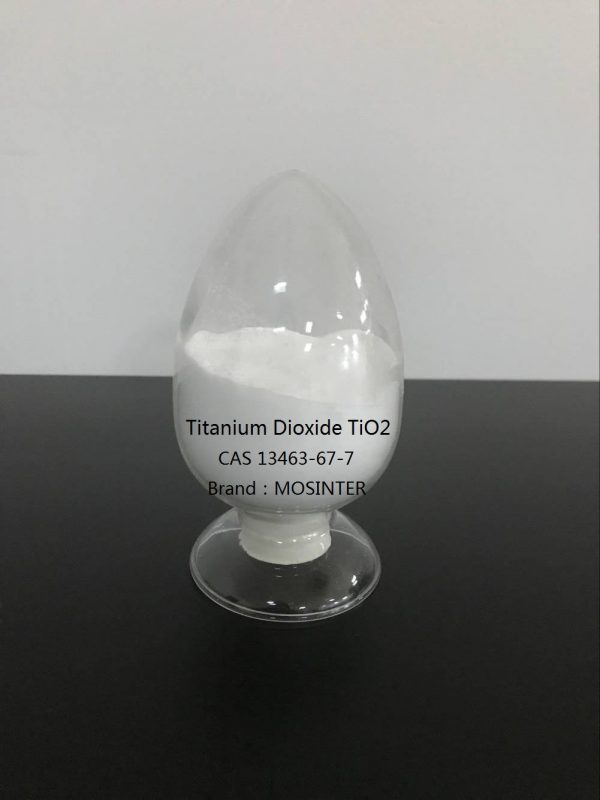
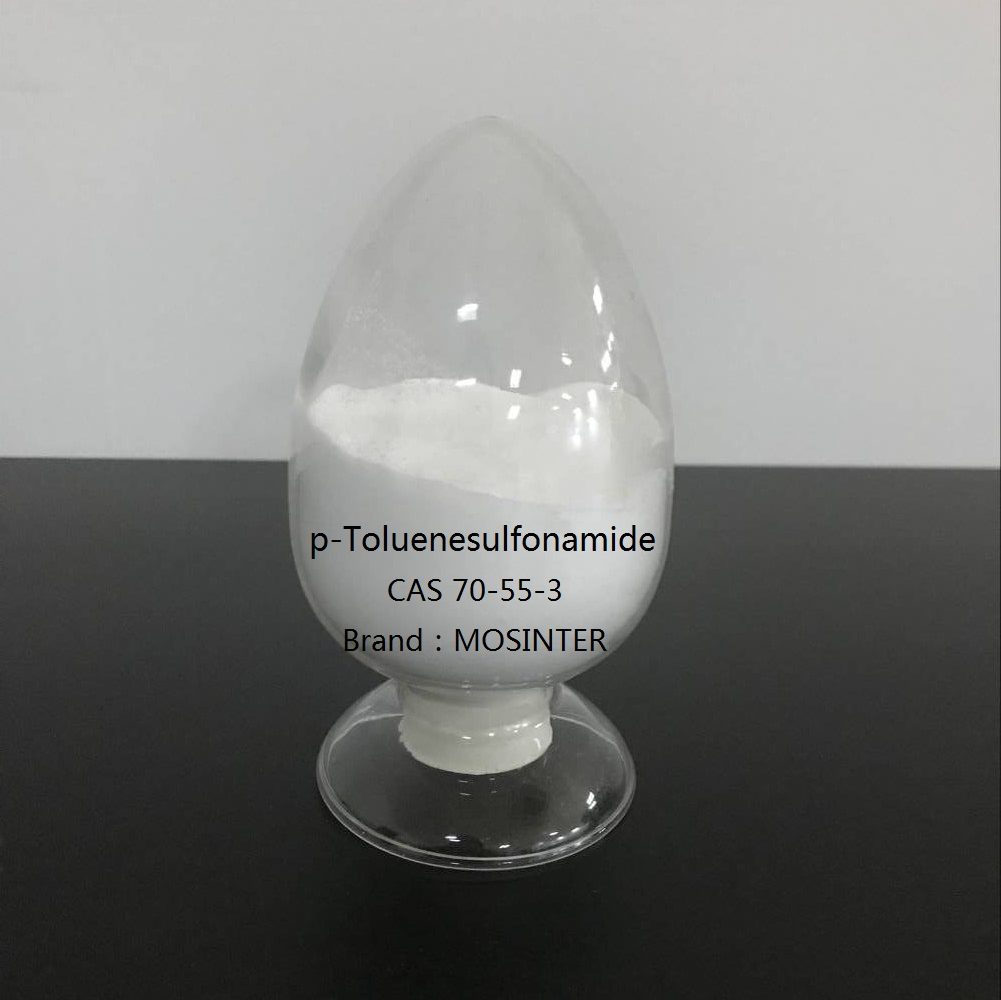
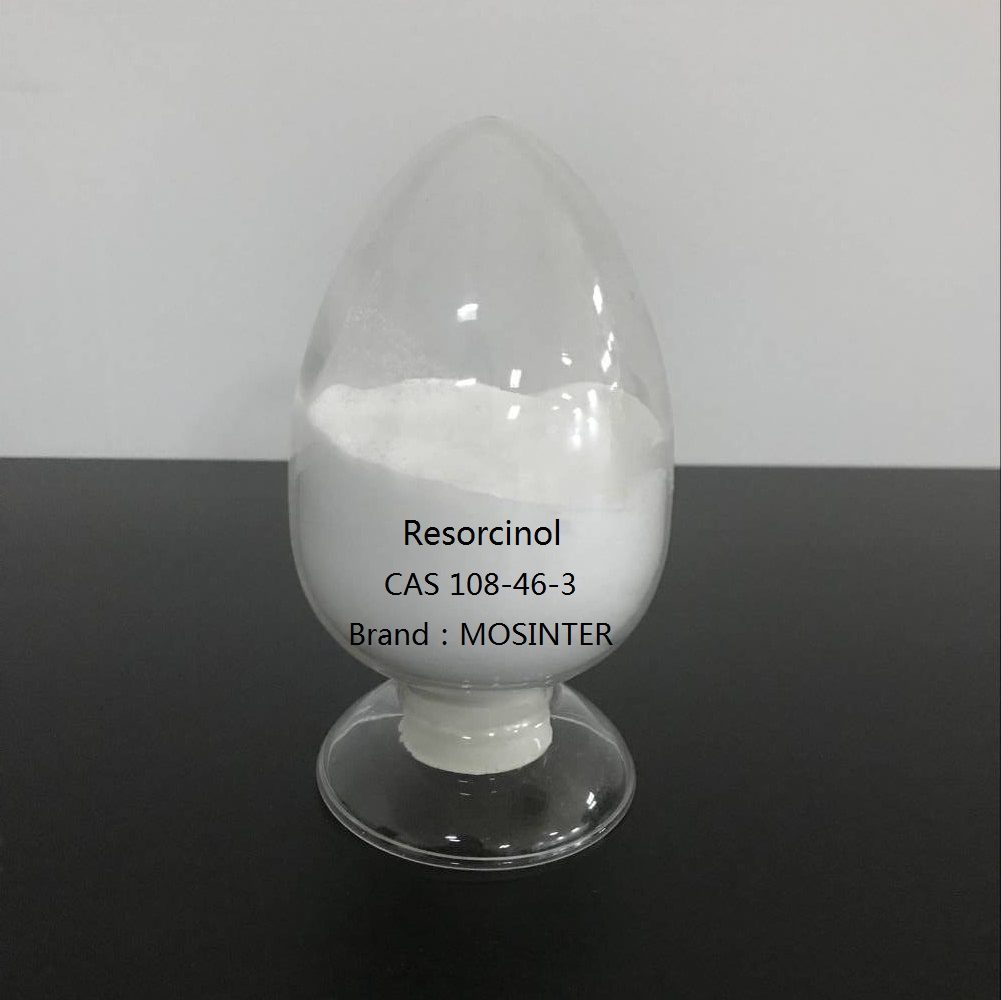
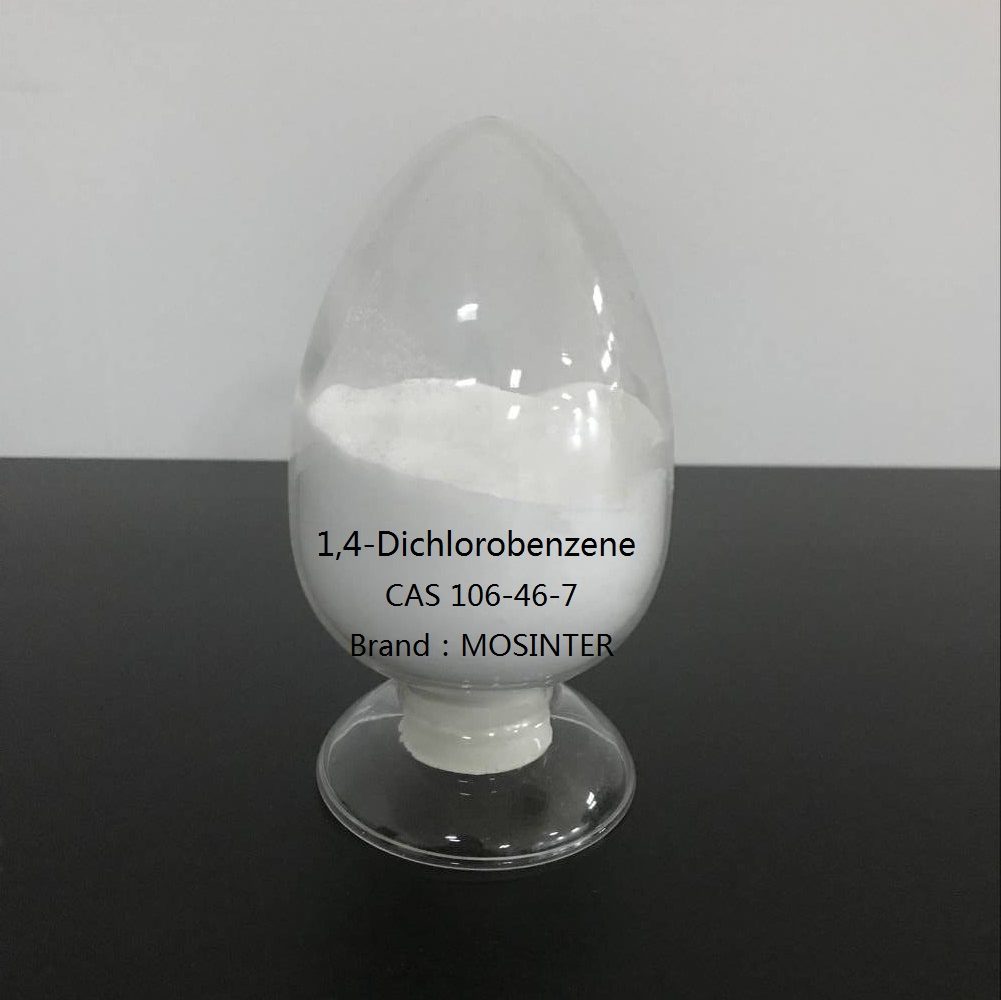
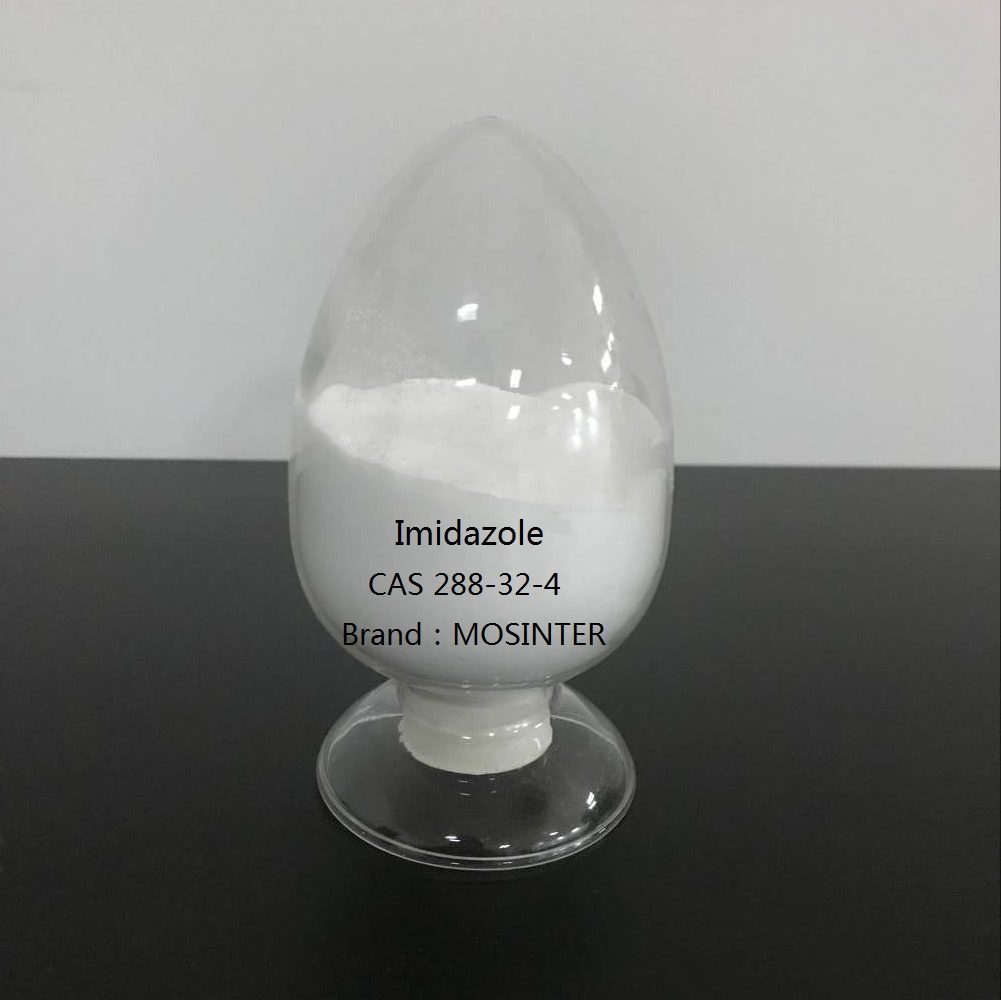
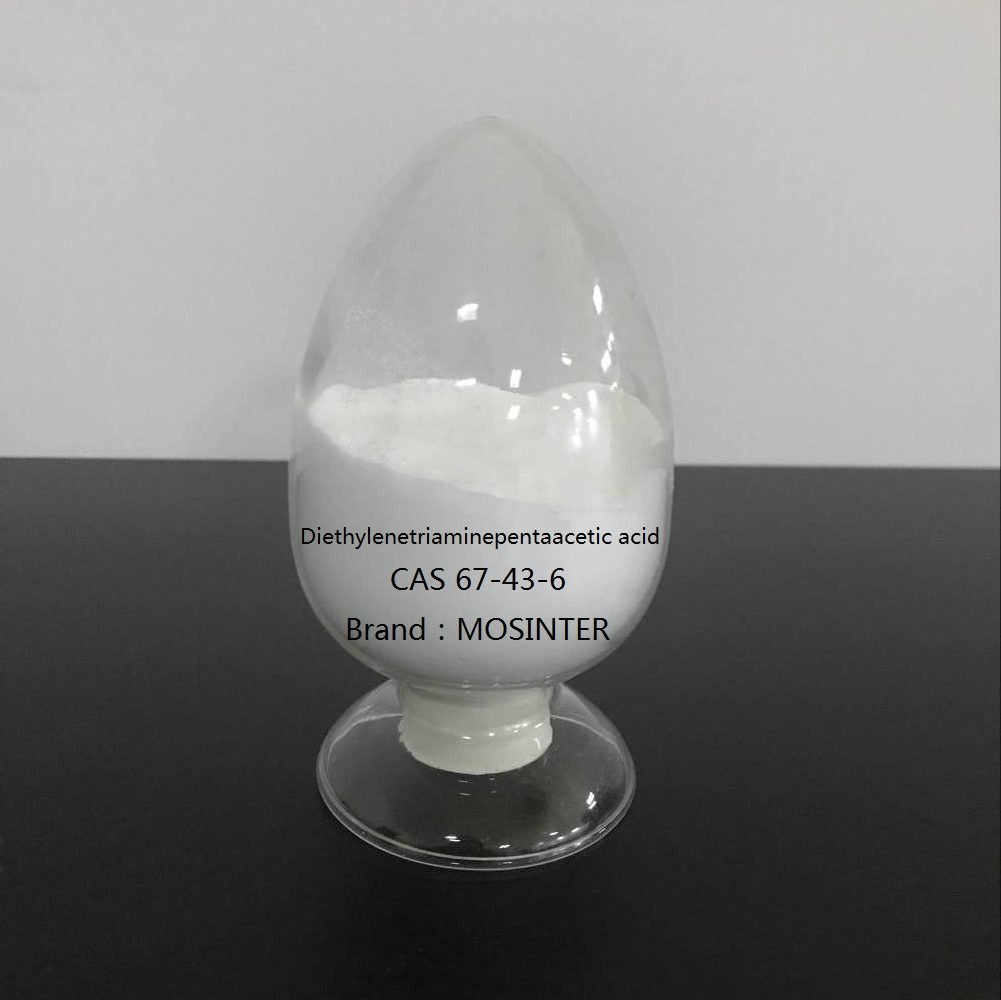
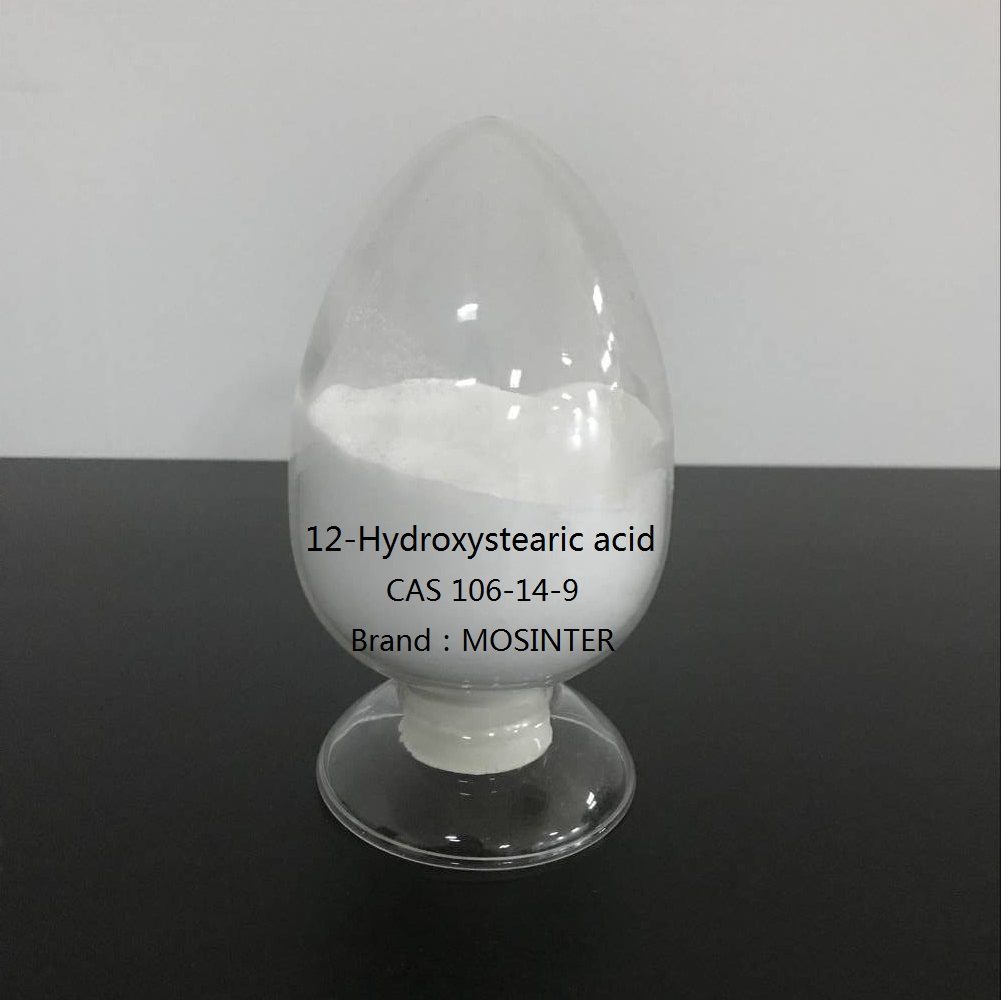
Reviews
There are no reviews yet.